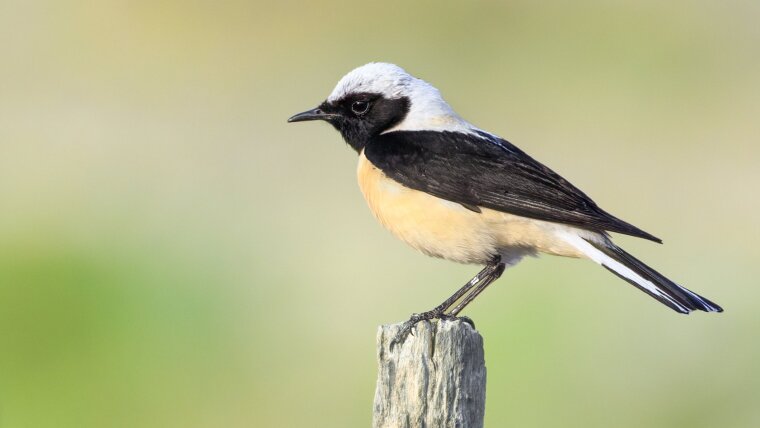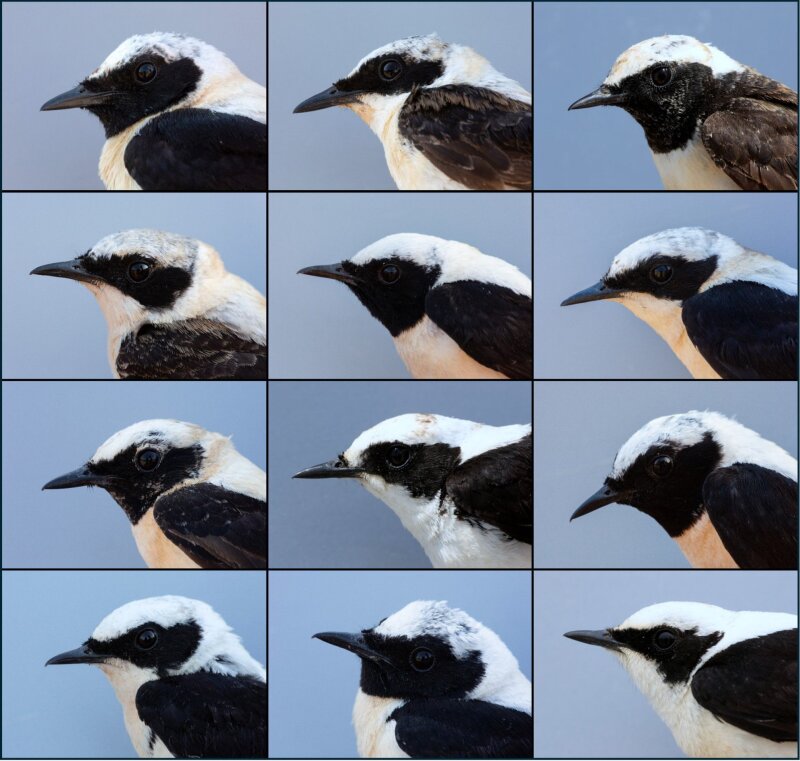
- Life
- Research
Published: | By: Stephan Laudien
The plumage colour of birds can change due to genetic mutations. However, the occurrence of such mutations depends on chance and is difficult to predict in terms of time. An international research team has now reported on a faster way of gene transfer in the journal »Science«.
The group describes gene transfer across species boundaries, in which one species of wheatear passed on the predominant colouring of its plumage to another species of wheatear. This much faster change over time through gene transfer is described in the study »A mosaic of modular variation at a single gene underpins convergent plumage colouration« in the recently published issue of »Science«.
First author Dave Lutgen and principal investigator Reto Burri from the Ornithological Institute Sempach (Switzerland) began their study in the research group|working group|study group|study group|task force of Prof Holger Schielzeth from the Institute of Ecology and Evolution at the Friedrich Schiller University Jena as part of a project supported by the German Research Foundation (DFG) and completed it in Switzerland. Numerous other scientists from several countries were involved in the project.
Exchange of a colour gene across species boundaries
In their study, the researchers describe how Balkan wheatears (Oenanthe melanoleuca) changed the colour of their backs and throats by altering a single colour gene. The originally black backs of the birds are now white and the originally black throats are coloured either white or black. The new colour of the throat and back was passed on by mating Balkan wheatears with the closely related Moorish wheatears (Oenanthe hispanica); the Moorish wheatears adopted the new white colouring.
»The hybrids from both species acted like a genetic messenger«, says Prof Dr Holger Schielzeth. Hybrids, i.e. crosses between birds of both species, occur occasionally, but the species remain different, says Schielzeth. The advantages of the new white back colour have not yet been clarified. However, the researchers were able to link the colouring of the throat to differences in diet by analysing nitrogen isotopes.
Genetic diversity helps adapt to changing environments
Reto Burri, head of the study, cites great genetic diversity as an advantage for species in adapting to changing environmental conditions. Such a change—rapid on an evolutionary scale—is brought about by climate change. Reto Burri: »Species that have a wide range of genetic make-up have a better chance of adapting to a rapidly changing environment.« The study shows that species use any available genetic diversity to adapt to the changing environment. This applies both within the species itself and across species boundaries.
Black- and white-throated males of the Oenanthe hispanica complex.
Collage: Dave LutgenOriginal publication:
Dave Lutgen et al: A mosaic of modular variation at a single gene underpins convergent plumage colouration, in Science, doi: 10.1126/science.ado8005
